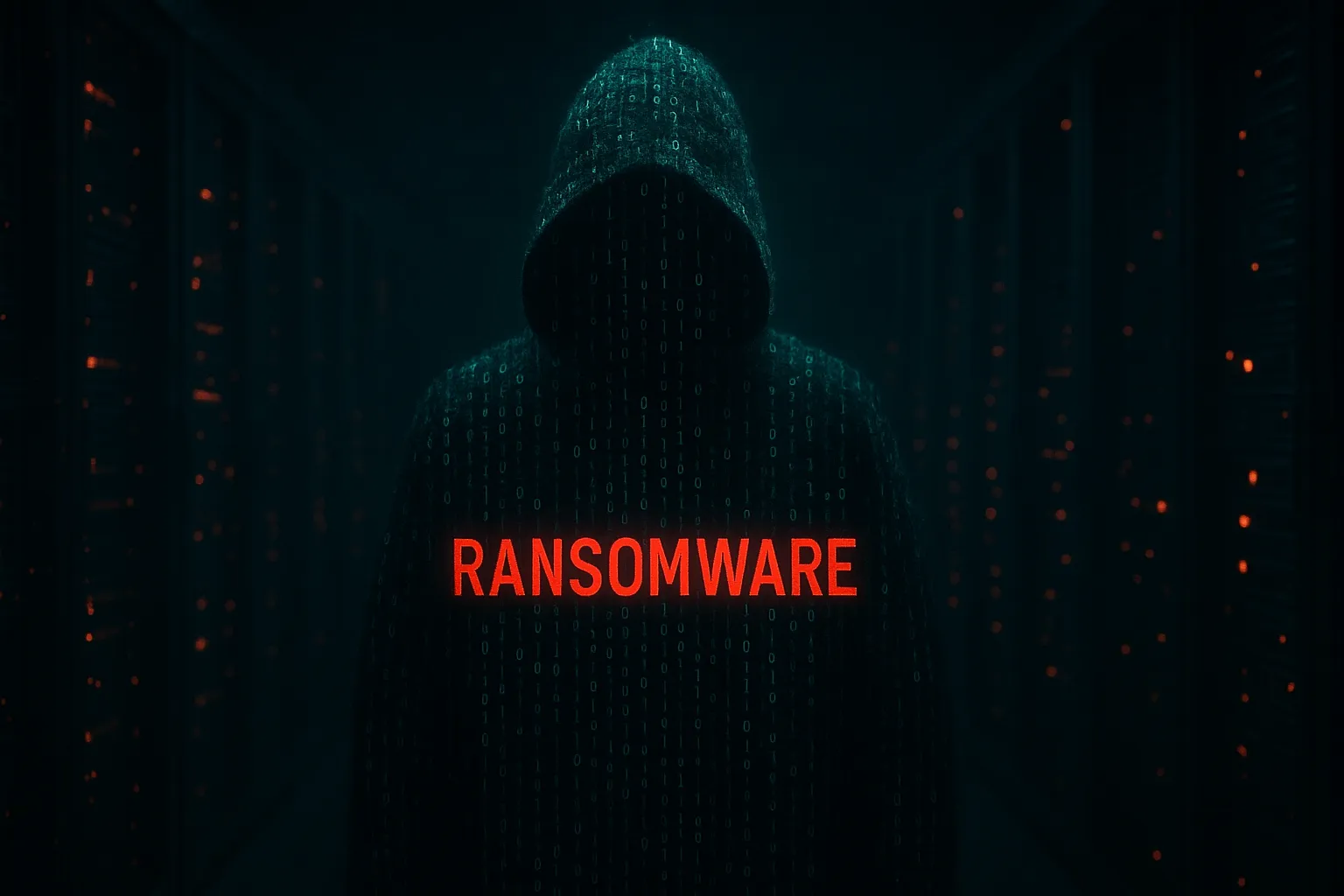On-prem is aging. Hybrid is complicated. What's next?

Welcome back to read the SpaceTime blog.
On-prem is still everywhere. You know where your servers are, you know who controls them. You also know how much time, money, and effort they take to keep running. Hybrid solutions became the alternative. Put some things in the cloud, keep others local, get the best of both worlds. But in the end, you're still trading one set of limitations for another.
What are the differences between on-prem, hybrid infrastructure and one newer option — the one that keeps data close, simplifies operations, and doesn't force another compromise?
On-prem: control comes at a cost
On-premises refers to infrastructure that is physically located and managed within your own environment, such as servers running in your company's data centre or backup storage kept in the rack. You're not renting it from a cloud provider but buying, installing, running, and securing it yourself.
For a long time, on-prem was the go-to setup, especially in sectors like healthcare, finance, and government where privacy and control are key. And for some things, it still works well. But it can be outdated since a lot of these systems were built years ago and just expanded over time. So you have a pile of legacy hardware and software, which is not exactly efficient.
While physical control over infrastructure has clear benefits, traditional on-prem systems typically lack modern capabilities like built-in immutability, rapid recovery, and dynamic scaling when your business needs it. The result is a setup that delivers stability but at a high operational and financial cost. And at some point, the IT guy holding it all together needs a holiday, too.
Hybrid: best of both worlds?
Hybrid infrastructure refers to a setup where part of your IT environment runs in the cloud and part stays on-premises. You might store backups locally while running workloads in a public cloud like Azure or AWS. It's a model that combines cloud convenience with on-prem control because hybrid gives flexibility, scalability and the ability to spread risk across multiple platforms. In a lot of ways, it delivers.
But as with most compromises, it comes with a complexity and price trade-off. In a hybrid setup, it's not always clear where your data is stored, how it's protected, or which jurisdiction governs it. Cloud services may offer local data centres, but legal control doesn't always follow the physical location. For companies operating under strict compliance requirements, especially in the Nordics, that matters now more than ever.
There's also the challenge of unpredictable costs. Hyperscaler systems from the likes of Amazon, Microsoft and Google are designed to lock users in and the complexity of pricing structure reflects that.
Storage costs might start low but different fees like egress, retrieval and transfers quietly grow in the background. So even though a hybrid gives you room to move, it also demands more from your team. More monitoring. More planning. More understanding of how all the parts fit together. Not to mention, the occasional bill shock.
There is another way.
On-prem simplicity with cloud agility
At SpaceTime, we've been on the receiving end. We've built companies and know how it goes. That's why our approach reduces the complexity of traditional on-prem and hybrid models without giving up control.
Instead of choosing between building out your own infrastructure, relying entirely on the cloud or mixing the two, we offer a new path: local storage that behaves like a managed service. Storage-as-a-service we call it.
At the core is the idea that infrastructure should be both operationally light and hosted under EU jurisdiction. Data stays in a local data centre, without needing to maintain the hardware, monitor the systems, or worry about patching. SpaceTime handles those tasks remotely and offers a level of convenience that feels closer to the cloud (without your data ever leaving your chosen environment).
To make life easier, our systems work with the tools many teams already use, like Veeam or Acronis. It also offers immutability, fast recovery and scalability when needed. There's no need to redesign workflows or replace existing backup software.
In short, we keep your data close, secure, and compliant, while removing much of the overhead that normally comes with on-prem setups or the complexity of hybrid solutions. If you're ready to bring your data back home, book a call with us at sales@spacetime.eu



